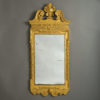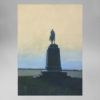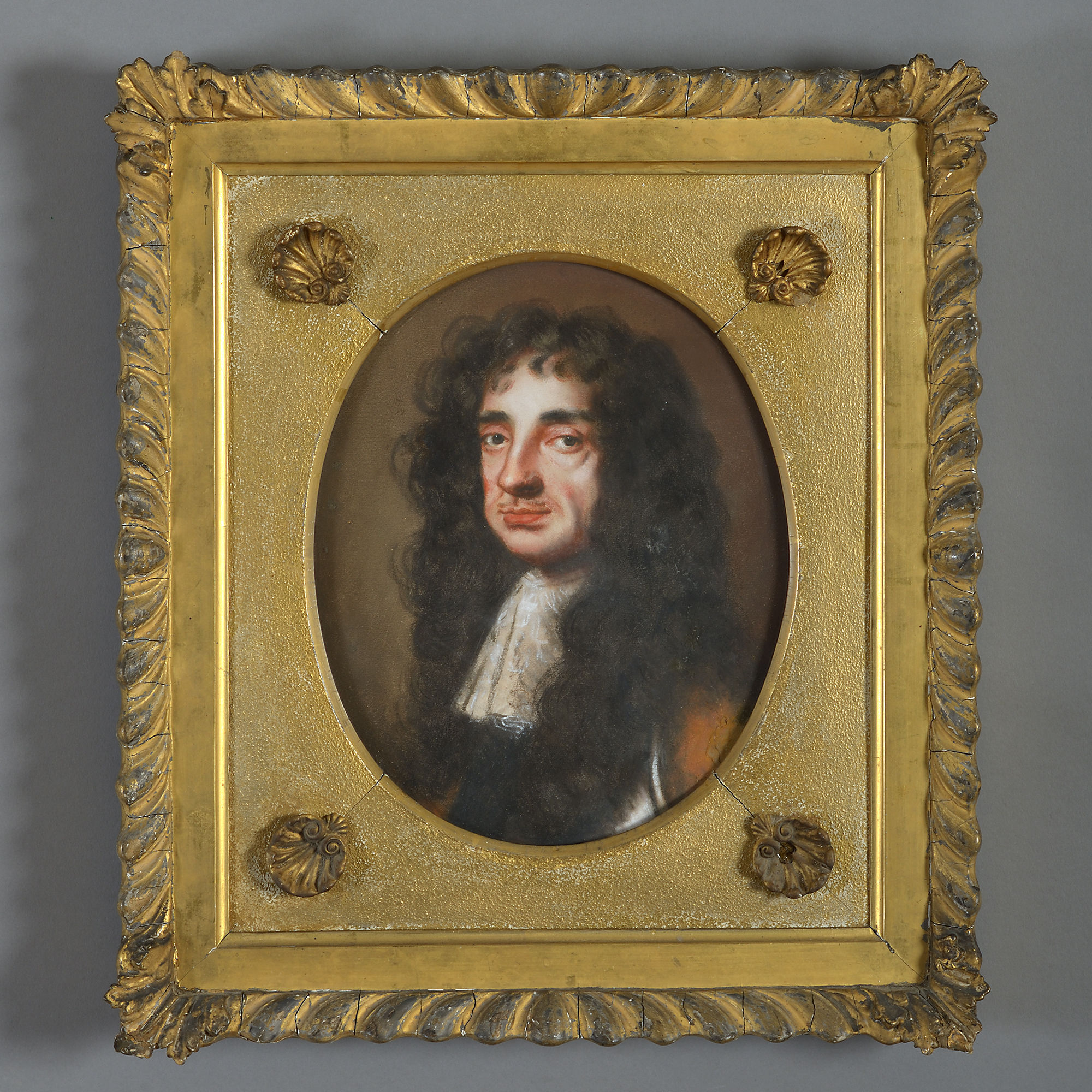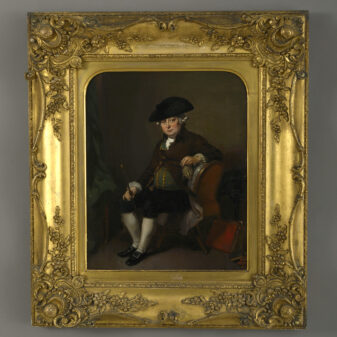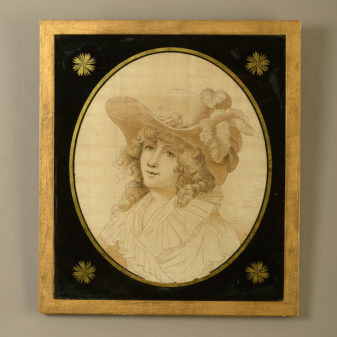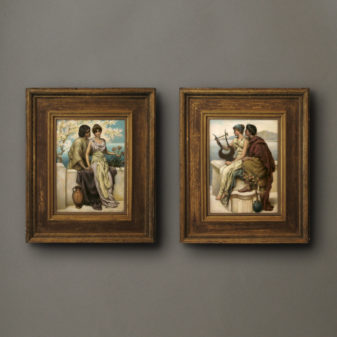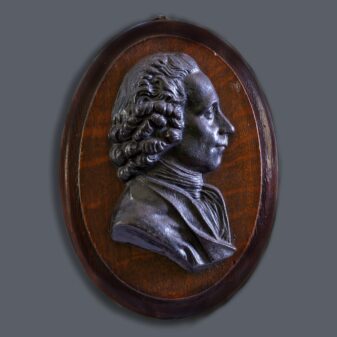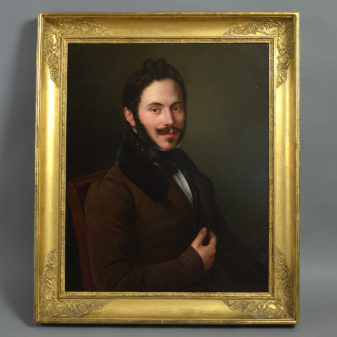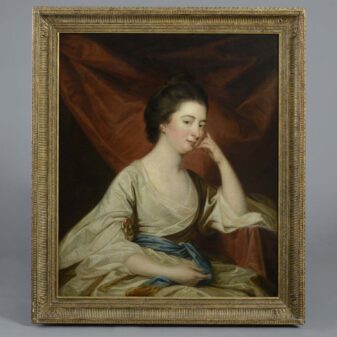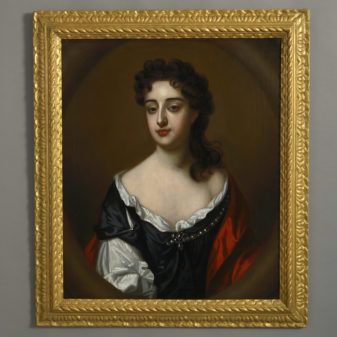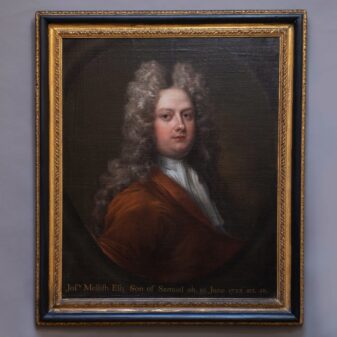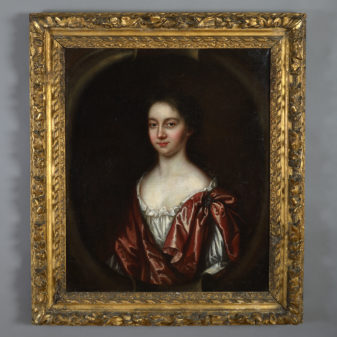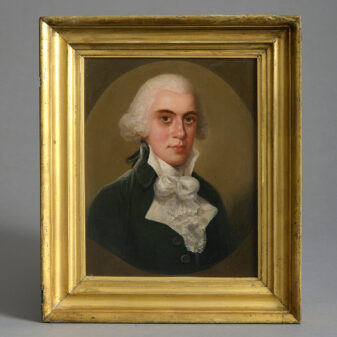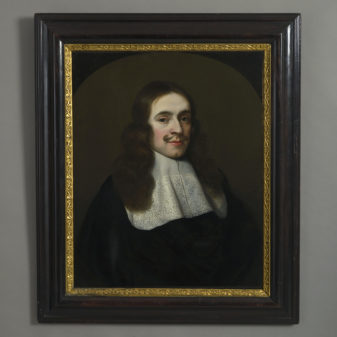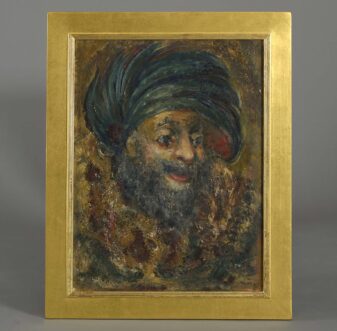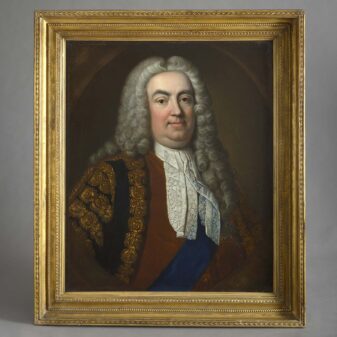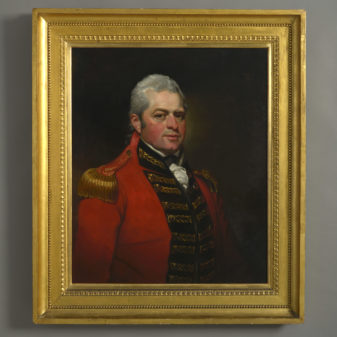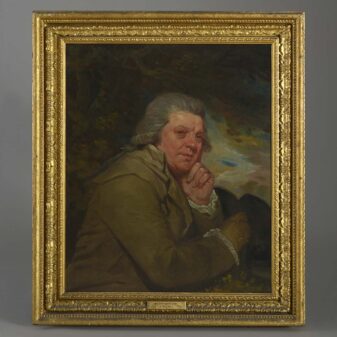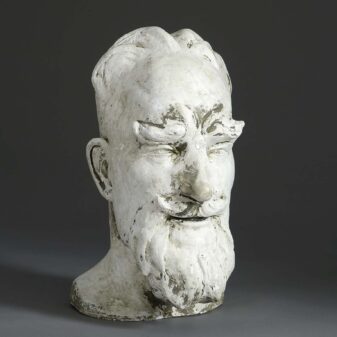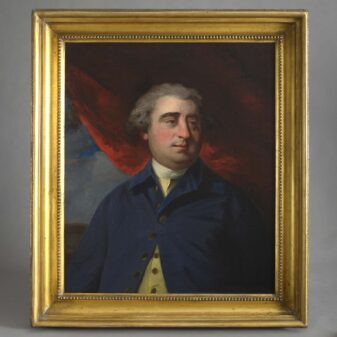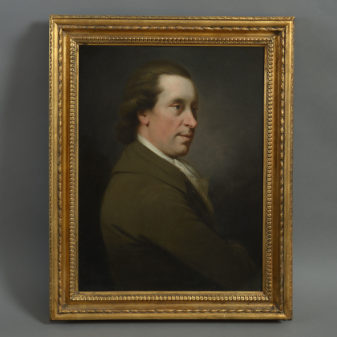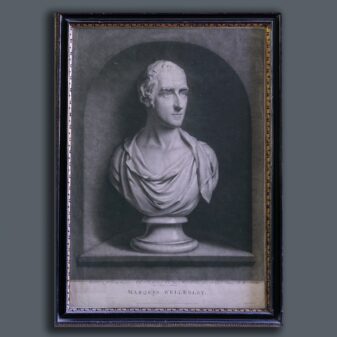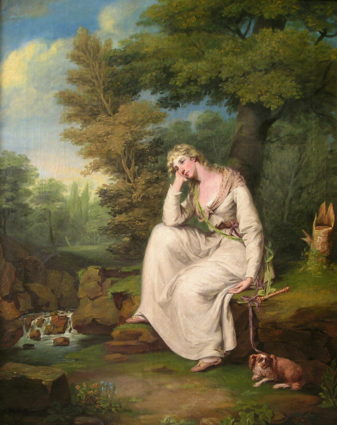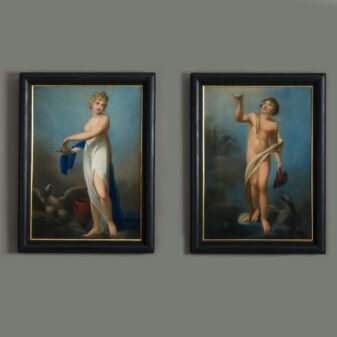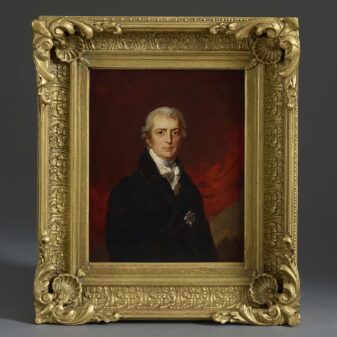Circa 1675 England
Late 17th Century Pastel Portrait of King Charles II
£8,000
SOLD
Height 17 inches (43.18 cm)
Width 15 inches (38.10 cm)
Depth 1 1/2 inches (3.81 cm)
An important late 17th century pastel portrait depicting King Charles II of England.
Edmund Ashfield (1640-1678)
King Charles II, circa 1675
Pastel, with gouache, on paper over canvas; held in an 18th century gilt frame
Edmund Ashfield was a pastellist of the 17th century whose singular abilities mark him as one of the most remarkable, yet obscure artists of the period. Known largely through a small group of pastel portraits completed between 1669 and 1676 he has, until recently, represented something of a mystery as an individual. Extensive research by art historian Neil Jeffares has freshly highlighted his importance and significance in artistic circles of the 1670s and has emphasized the scale and scarcity of his work.
He appears to have worked in the studio of John Michael Wright before setting up independently in Holborn Row in Lincoln’s Inn Fields in London. Parry Walton, restorer of the King’s Pictures lived at an adjacent house and it is possible that through him Ashfield became acquainted with Sir Peter Lely’s portrait of the King.
A year after the Restoration in 1660, Lely was officially appointed Principal Painter in Ordinary to the new King with a stipend of £200 per year, as Van Dyck had previously enjoyed. Through the patronage of Charles II the painter’s popularity and importance grew rapidly.
This rare portrait of King Charles is a faithful yet characterful study of the monarch which uses Lely’s portrait as its inspiration. Ashfield’s intense use of colour in the flesh tones and soft use of pastel elsewhere creates a striking alternative to the larger oil, a version of which is in the National Portrait gallery, London and possibly by Mary Beale, a close friend of Lely.

